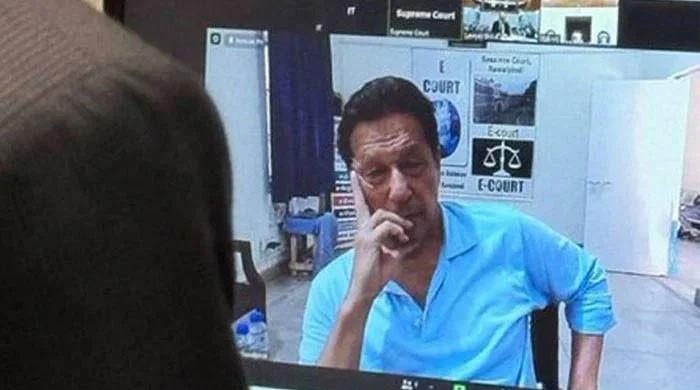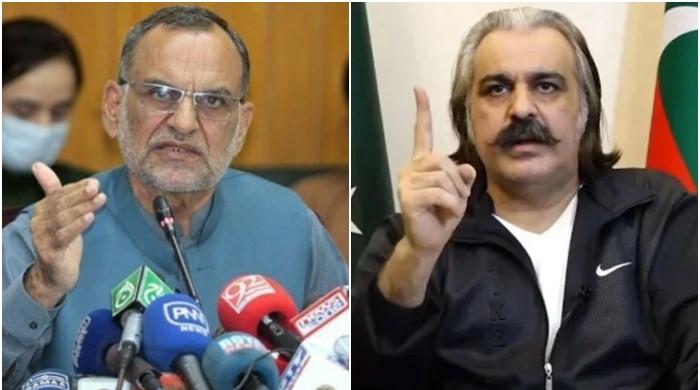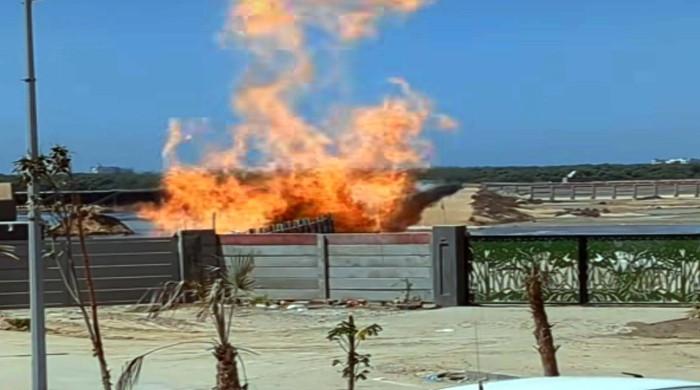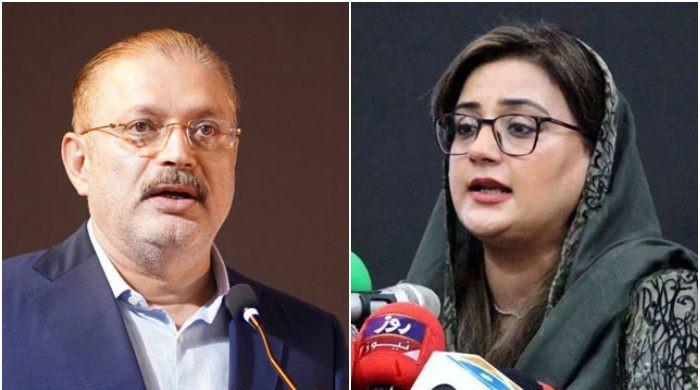How is Pakistan tracking down suspected COVID-19 cases?
Geo.tv talks to Dr Safdar about how the data is collected and if there are any discrepancies or errors during the collection process
April 17, 2020
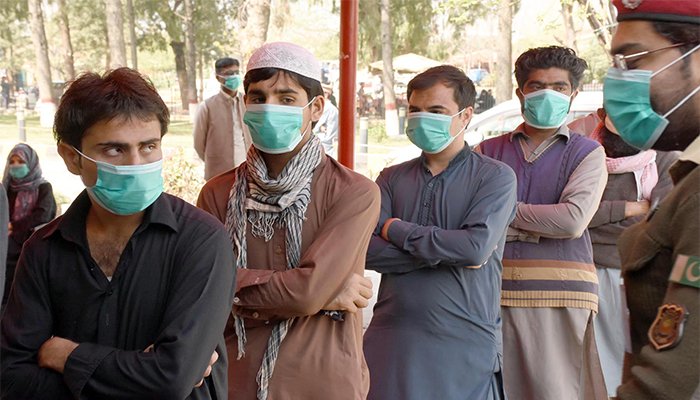
Since the last two weeks, Pakistan’s National Emergency Operation Centre for polio has been redeployed to assist in the country’s fight against coronavirus.
Dr Rana Muhammad Safdar, the coordinator for the Center, says the program is using all its existing resources to collect and report local data of suspected cases of the virus. The polio program, for now, has been halted across Pakistan.
Geo.tv talks to Dr Safdar about how the data is collected and if there are any discrepancies or errors during the collection process:
There is inconsistency, at times, between the testing numbers being reported by the provinces and those listed on the ministry of national health service’s website. Why is that?
Two things are causing a lot of confusion. One, the closing time of data collection is different in every province. Every province have its own 24 hours timeline. But at the national level our 24 hours deadline is till 12 a.m. everyday.
The second confusion is about the number of tests being performed and number of suspected patients. These are two separate numbers, and are often confused. Now, suspected cases are those who have a history of contact with confirmed COVID-19 patients or have some symptoms of the virus. While they are being tested, these numbers sometimes are reflective in the number of tests performed in each province.
Also read: Is Pakistan bending the COVID-19 curve?
That is a problem because some of them have not received their lab results till then or have yet to be tested.
How are you tracking suspected cases?
First thing is surveillance. All health facilities across the country where patients come with likely symptoms report to our Center. Of the cases reported, the ones who need testing are then tested. Secondly, we do “contact-tracing” to identify people who came in contact with a confirmed patient. The polio program already has rapid response teams on the ground in every district. We are now using these teams to trace suspected cases.
Thirdly, and this is still in its pilot phase, a new strategy that we just introduced is called “find and trace”. We use the phone numbers of confirmed patients and look at who they called in the last two weeks. Then we reach out to those people, assuming there was some physical contact with the patient.
The total officials working on this program, if you include all government officials are around 30,000 to 40,000.
As per your data, which age group is most affected and vulnerable?
To date, 75 per cent of the people diagnosed with coronavirus have been under the age of 50 year. However, mortality is high in the plus 50 age bracket, which is around 85 per cent of all deaths to date in Pakistan.






